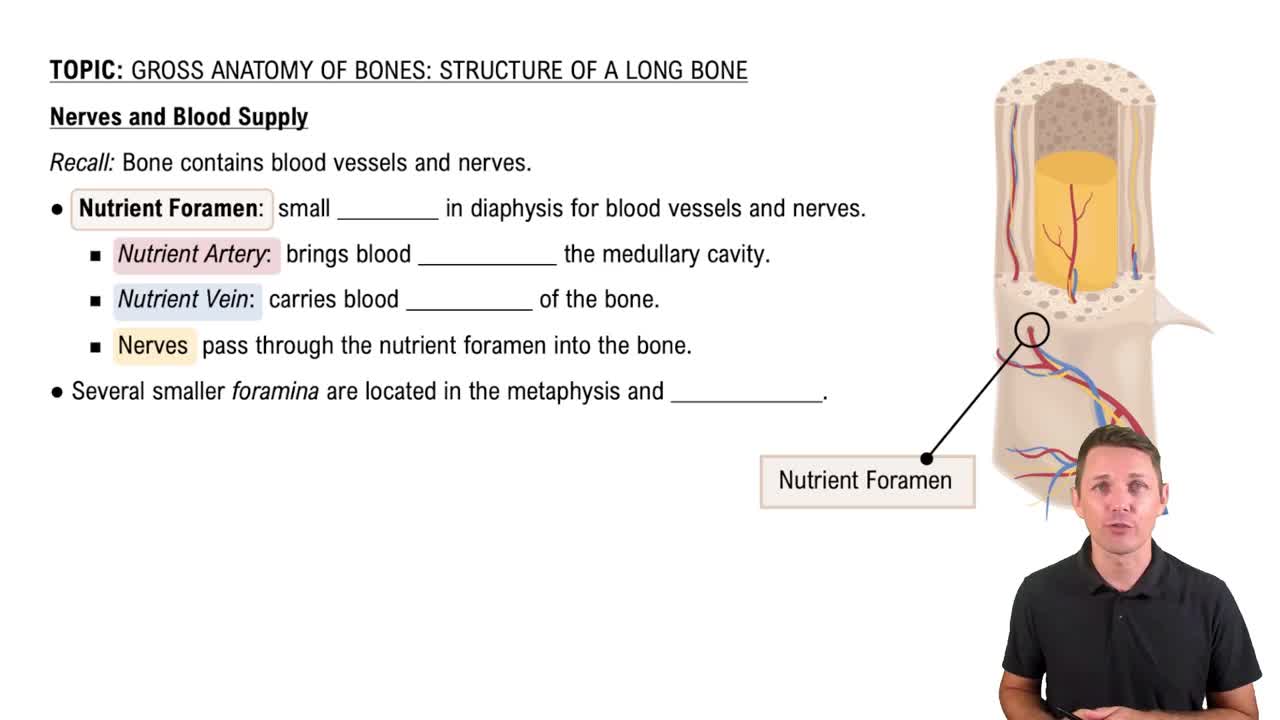Which of the following is not part of the auditory pathway in the CNS?
a. Superior temporal lobe
b. Superior colliculus
c. Medial geniculate nucleus
d. Nuclei in the pons
e. Cochlear nuclei
 Verified step by step guidance
Verified step by step guidance Verified video answer for a similar problem:
Verified video answer for a similar problem:

